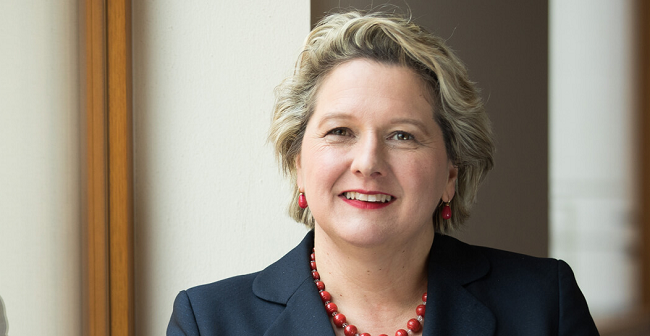RENEWABLE ENERGY: GERMANY ADOPTS NEW GUIDELINES FOR RENEWABLE ENERGIES IN TRANSPORT SECTOR
At the suggestion of Environment Minister Svenja Schulze, the federal government of Germany on Wednesday, February 3, 2021 increased the share of renewable energies in the transport sector to 28 percent by 2030. This means that Germany goes well beyond the EU requirements of 14 percent.

In addition to stronger incentives for green hydrogen, new charging stations and advanced biofuels that are obtained from residues instead of food, the change in the law also provides for biofuels made from palm oil to be phased out.
Schulze said: “We need more modern, clean technologies in Germany in order to achieve the climate targets in transport. With the law on the promotion of climate-friendly fuels, the federal government is creating an effective instrument to really reduce greenhouse gas emissions. But we don’t just blindly want more alternative fuels in the tank.
“What is supposed to replace crude oil must not also destroy the rainforest. I want to promote fuels that are efficient and affordable and that protect the climate without destroying nature.”
The amendment to the law implements the EU directive for renewable energies in transport (RED II), which in 2030 must account for 14 percent of total energy consumption in the transport sector. The federal government wants to significantly exceed these EU requirements and increase the proportion to 28 percent. Germany fulfills these EU requirements by means of a greenhouse gas reduction quota (GHG quota) in the Federal Emission Protection Act.
With the GHG quota, mineral oil companies are obliged to reduce the greenhouse gas emissions of their fuels by currently six percent. To do this, they can use climate-friendly energy products such as green hydrogen, electricity or advanced biofuels. According to the amendment to the law, the GHG quota will gradually increase to 22 percent by 2030.
For the individual fuel options, the implementation of RED II in federal law means:
Within the GHG quota, the proportion of advanced biofuels is to increase from currently zero to at least 2.6 percent by 2030. For example, advanced biofuels are obtained from residues such as straw and manure. This form of “recycling” is sustainable and, above a certain level, should even be promoted with double counting within the GHG quota. Fuels from used cooking oils and, for the first time, animal waste can also be taken into account.
The proportion of biofuels from food and feed is frozen in the status quo. The current upper limit of 4.4 percent will no longer be exceeded.
“Increasing biofuels from food and feed crops is not an option for us. Clearing forests and destroying nature for biofuel is unacceptable. We will therefore also gradually ban environmentally harmful palm oil from the tank by 2026,” says Schulze.
Electricity-based fuels based on green hydrogen should make an important contribution to the climate goals in transport. But green electricity is a precious commodity. The necessary production capacities for electricity-based fuels also still have to be created. Therefore, the federal government wants to use green hydrogen first where there are no more efficient, climate-friendly alternatives than the direct use of electricity.
In addition to industry, this is particularly true of aviation. Within the GHG quota, the minimum quota for liquid fuels from green electricity (power-to-liquid, PtL) is to increase gradually to at least two percent by 2030.
In addition, electricity-based fuels in road traffic are counted twice towards the GHG quota and are therefore more strongly subsidised. In addition, the use of green hydrogen in refineries is being promoted through double counting. Since other fuels than electricity-based ones are produced in refineries, green hydrogen can serve to reduce greenhouse gas emissions in other transport sectors.
The direct use of electricity in electric cars is promoted with a triple crediting within the GHG quota. This is intended to indirectly involve the mineral oil industry in the operation of the nationwide charging infrastructure. Currently, their expansion is still largely financed by taxpayers’ money. The federal government has built a protective mechanism into the law that prevents electricity from displacing biofuels and green hydrogen from the market.
After the decision by the Federal Cabinet, the draft law still has to be passed by the Bundestag and passed by the Bundesrat. The law comes into force on the first day of the quarter following its promulgation. A review of the law is planned by 2024 at the latest.
After it has been passed in parliament, the federal government will also initiate the associated ordinance. The regulation implements the new regulations for biofuels as well as the crediting of electricity to the GHG quota.
Source: environnewsnigeria.com



Comments
Post a Comment